Read This Before You Do the Whole 30
We all have different things that keep us on the “healthy wagon.” It may be a support group of friends who check in on us. It may be a reward you’ve set for reaching certain goals. For me, it’s challenges. I love to do challenges centered around eating and exercise. Some people hate them, but my OCD, Type-A personality helps me follow challenges to the T.
One of the challenges I’ve done is the Whole 30. If you’re unfamiliar with the Whole 30, it’s a challenge that requires you to eat Paleo for 30 days. Paleo basically means you get to eat meat, eggs, fruits, vegetables, nuts and seeds for 30 days. Not only does this help clean out your body completely, but also breaks a lot of bad eating habits.
As someone who eats Paleo, I’m a pro at finding ways to eat “normal” food within my dietary restrictions. I can make biscuits out of almond flour, brownies out of honey and ice cream out of frozen bananas. On the Whole 30, you aren’t allowed to make anything that resembles a treat, candy, baked good or bread product for the entire 30 days. It doesn’t matter if the ingredients are “authorized,” if they’re put together in a way that forms any of the aforementioned food products, it’s against the rules.
The Whole 30 also requires perfection. Since the whole purpose is to clean your body out and identify what foods do and do not bother you, one mistake means you have to start all over.
The program starts with a book called “It Starts With Food,” (Click for Link) written by the creators of the Whole 30, Dallas and Melissa Hartwig.
While you’re not required to read the book to do the program, I HIGHLY recommend it. This book taught me more about how food affects your body than anything else I’ve read. It kept my attention right up there with Harry Potter. Even more than Twilight. If you are like me and need to know the “whys” and “hows” of your body and food, this is a great book for you. I can’t just blindly follow an eating plan. I need to know why and this book helped me do so.
So now on to my experience with the Whole 30. I loved what I learned and the changes I saw in my body (I didn’t lose weight which I’ll get into later), but struggled with the mental part.
Apparently I’m addicted to treats and bread products (though this really wasn’t a news flash). I thought the program would break me of this addiction, but it didn’t do the trick. I just tried to find ways to fill those addictions. Rather than eat one Paleo biscuit at dinner, I ate two or three oranges. Rather than have a sugar-free, grain-free brownie on Sunday after dinner, I had a cup of nuts and several handfulls of dried fruit. Rather than have a piece of dark chocolate after dinner, I had a banana and a bowl of cherries.
I completely get the concept of eliminating the treats for your mental health, but it didn’t do the trick for me. I think this is why I didn’t lose any weight. Before the Whole 30, I was eating well but wasn’t as strict. During the Whole 30 I was eating the perfect foods (for me) but discovered I was binging on “approved” foods.
Going through the program, I felt like I was almost set-up to overeat. The program mentions several times that if you’re eating whole, healthy, real food, you’re not going to overeat. I took this challenge to heart and defied all odds by overeating to the extreme. I don’t think I spent one minute hungry during the entire 30 days.
The Whole 30 also made me even more of a label freak. Sugar is a 100% no on the program, which is obvious, but also very inconvenient. Take lunch meat for example. If there is so little sugar that the sugar is labeled as 0 grams, but sugar is listed as an ingredient, it’s a no. I try to stay away from sugar, but if I don’t feel like spending $7 on Applegate Farms Turkey that week, I’ll buy the Hilshire Farms Natural Turkey lunch meat, which contains trace amounts of sugar. Not so on the Whole 30. If this sounds critical, I don’t meant it to be. That part was a bonus to me. It really opened my eyes to how much crap we shove in our food. Crap that just doesn’t need to be there.
Beginning the program, as with any elimination diet, I felt terrible. My body was shocked and started purging all the bad stuff out of it, which made me shaky, gave me headaches and made me want to rip the head off anyone who came near me . Don’t worry. That part didn’t last. After a few days, I started to feel great. My energy was up, I was sleeping better than ever and I felt healthy.
As I mentioned above, I also saw great changes in my body. Every joint in my body is a mess. My ankles sound like fire crackers every time I walk up stairs, my elbows lock at really inconvenient, awkward times and I have the knees of an 80-year-old man. Awesome. Eliminating dairy, legumes and grains made a HUGE difference in my joints. This was the number one reason I completely stuck with eating Paleo after the Whole 30. It felt so good to be able to walk up the stairs after a heavy weight-lifting day.
I noticed huge changes in my digestion as well. I’m sure you’re super curious so I’ll let you know, this program got me more regular than I’ve ever been in my life. It took about a week as my body adjusted, but once it adjusted, things were much more… ahem… smooth and scheduled. Now when I eat something high in sugar or a grain (I don’t eat 100% perfect all the time) my stomach notices the difference immediately. I get cramping and feel like there is a boulder sitting in my gut.
I also noticed my “brain fog” went away. The whole 30 helped me be more alert, less anxious and just made me more mentally clear.
One thing I missed in this challenge though was the attention to exercise. Yes eating healthy is the most important part of being healthy, but exercise shouldn’t be ignored. When I’m exercising, I eat healthier. Yes I did exercise through the Whole 30, but not because I was encouraged to do so by the program. I think that would have helped.
I also wished there was more of a support system. Yes you get a daily email, but something about knowing it’s an automated email sent without anyone but me personally knowing I’m on day 12 when they send the day 12 email made me a little sad. That may sound strange, but I’ve done challenges that start and end at a specific time, so we’re all on the same day together. So the Whole 30 is fabulous because you can literally start it at any time, but I feel the price for that was lack of support.
So my verdict: I would do a whole 30 again, but I think I’d modify it. I think I’d allow myself the “approved” breads and an “approved” dessert on Sunday. I think I’d set an eating schedule because now I realize, I can over-eat on whole, real, healthy food. I’d love to break that addiction, but I’ve realized the Whole 30 isn’t the way for me personally to do that. But do I recommend the Whole 30? Yes. It’s a great way to figure out how food affects your body. I lived with eczema for 31 years before I realized it was caused by dairy. I spent a ton of money on joint straps and physical therapy before realizing eliminating grains and legumes made a bigger difference than all that. So while living 100% Paleo isn’t right for everyone, the Whole 30 is a great way to figure out what foods are right for you.

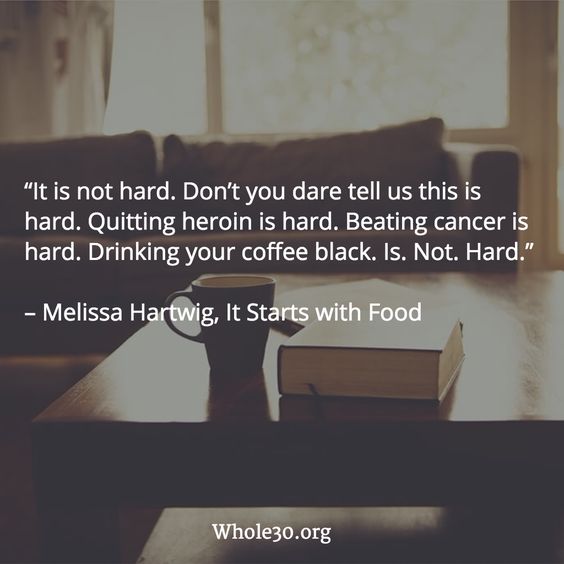
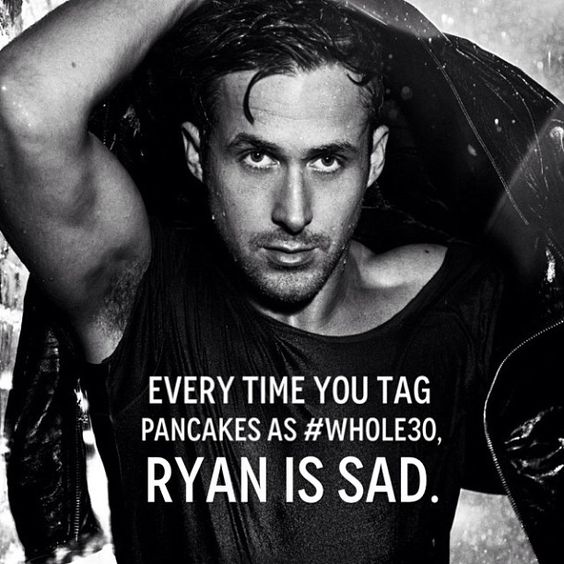
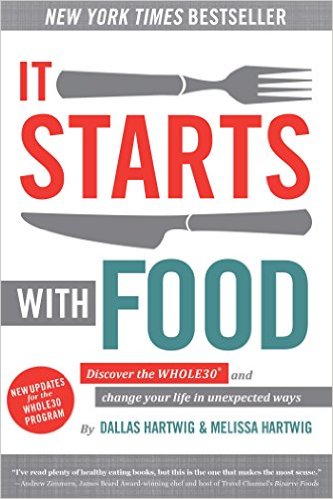
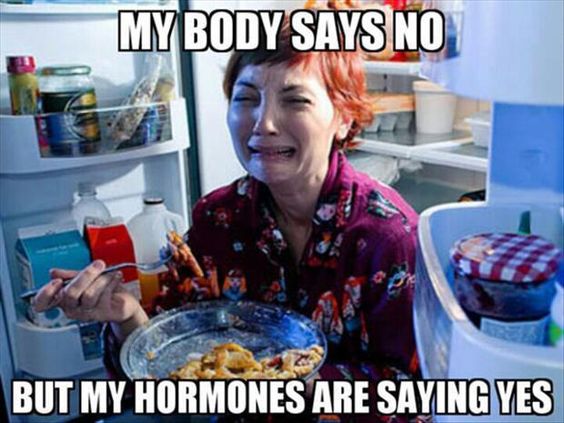
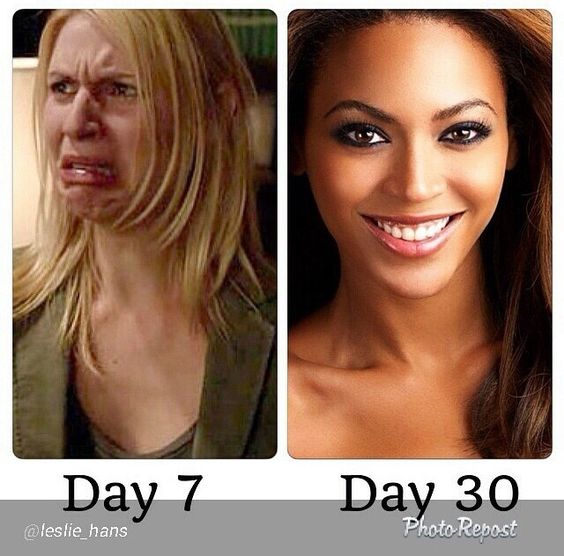
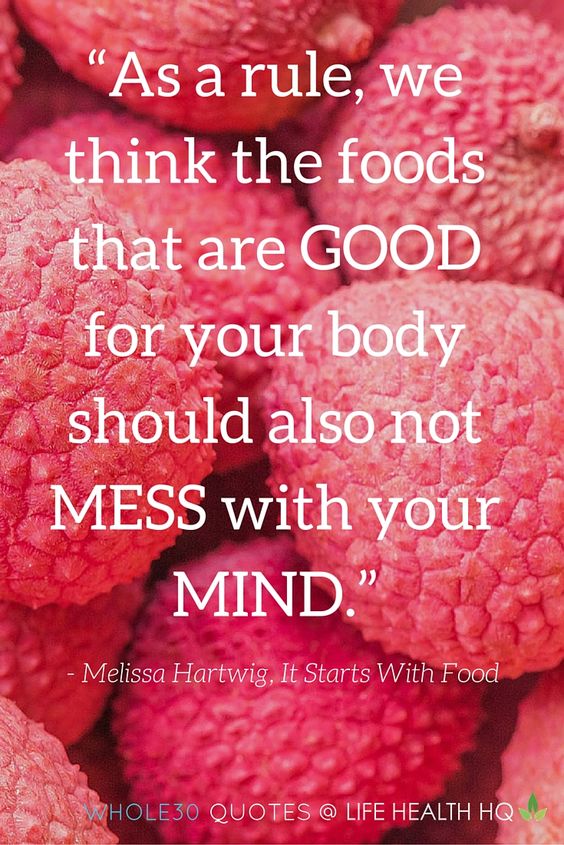
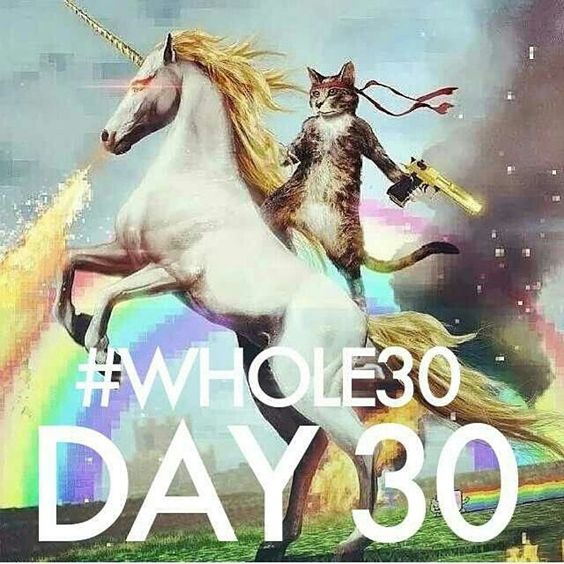
[…] If you’d like to read about more eating plans, check out my post on the Whole 30. […]
[…] this is so similar to the Whole 30 (click here to read more about the Whole 30), I can’t help but compare the two. After doing both challenges, I definitely prefer the 21 […]
[…] challenges so much. I’m only competing against myself. So far I’ve told you about the Whole 30 (click here for link), Carb Cycling (click here for link), and the 21-Day Sugar Detox (click here for link). Each of them […]